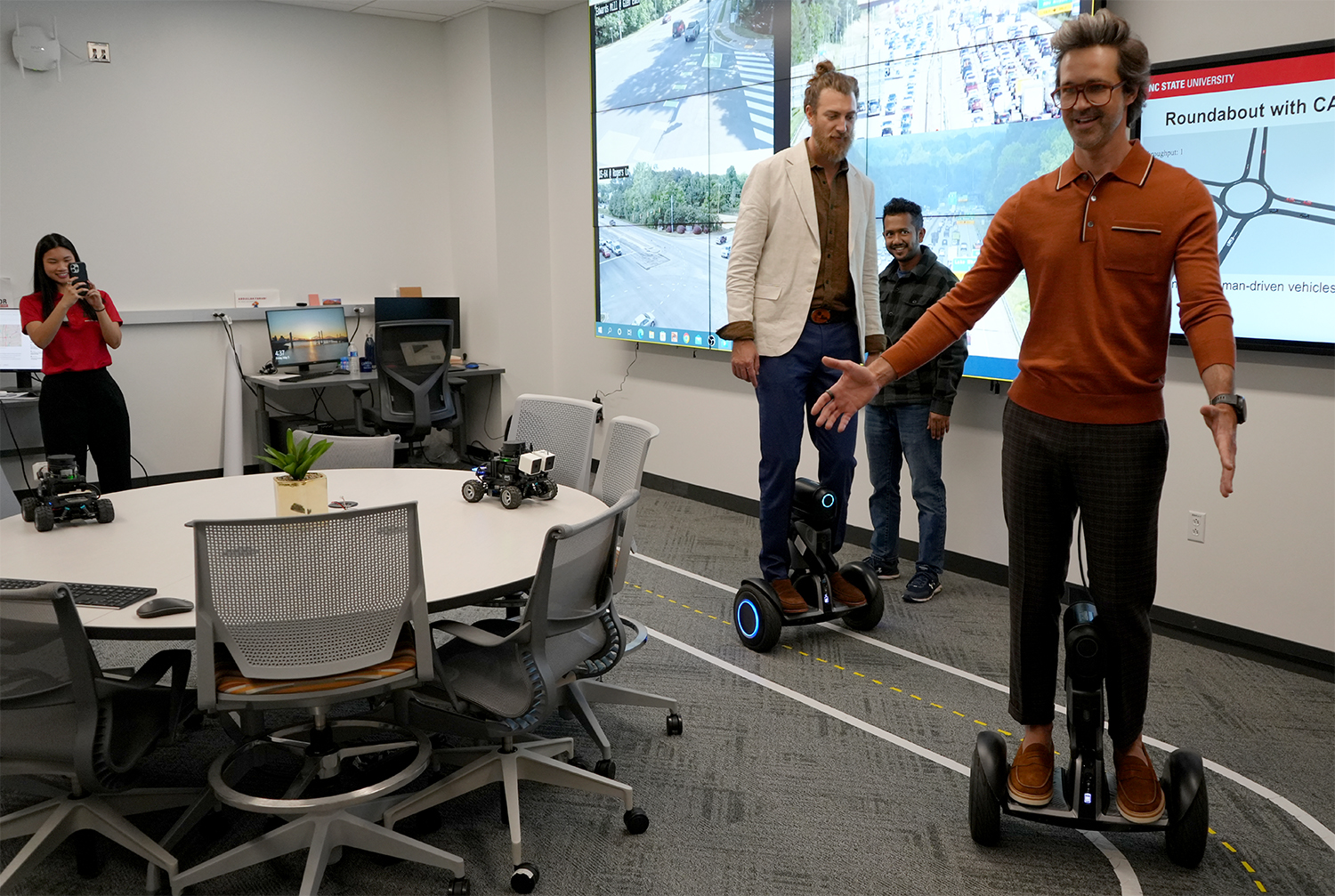Researchers have demonstrated techniques that provide unprecedented detail into how materials behave when exposed to a range of stresses, including shear stress. The work can inform the development of everything from new electronic devices to high-performance textiles.
“Whether you’re developing electronic devices or textile applications, it’s important to understand how the materials you are using will respond to various stresses,” said Bharat Gwalani, an assistant professor in the Department of Materials Science and Engineering.
“We’ve demonstrated an in situ technique that lets us see how materials respond — at the nano-scale — when it is scratched, indented or experiences shear stress,” he said.
Shear stress refers to stress that is applied in a direction parallel to the surface of a material, such as when one object is dragged across the surface of another object.
“We are also able to monitor changes in material structure and mechanical properties during high-strain, cyclical shear stress, which means the shear stress is being applied repeatedly,” Gwalani said. “We commonly see cyclical shear stress when surfaces rub against each other.
And for all of these modes of stresses, we’re getting site-specific assessments — meaning that we can see what is happening in the areas immediately adjacent to where the stress is being applied in near real-time.”
Improving understanding of a material’s mechanical characteristics under stress tells designers precisely how the material will behave when exposed to those stresses. In simple terms, measuring “stress-strain” curves tells how much a material stretches, whether the material stiffens or becomes softer, and so on.
“Because these techniques are done in situ — meaning they can be performed without removing samples from the bulk material; and because we can see what is happening in great detail; and because all of this is happening in near real-time; we can also see how stresses affect the microstructure of the materials,” he said. “For example, we can identify ‘preferred slip planes,’ or areas where the atoms in the material slide against each other when the material is deformed by stress.
“There are two significant advances here,” Gwalani said. “First, this is the first time anyone has demonstrated the ability to collect this level of detail into mechanical responses to shear stress. Second, we are now able to see exactly how the microstructure of materials is responding to these forms of stress.”
Previously, researchers could see what a material’s microstructure looked like before and after these types of stress were applied. The new work means researchers are able to see what is happening to the microstructure of these materials throughout the process of deformation.
“There are obvious applications for this work in the fields of aerospace, automobile and ceramics engineering,” Gwalani said. “We think there is also tremendous potential for these techniques to advance work in energy storage, textiles, semiconductors and geochemistry.”
- Categories:



